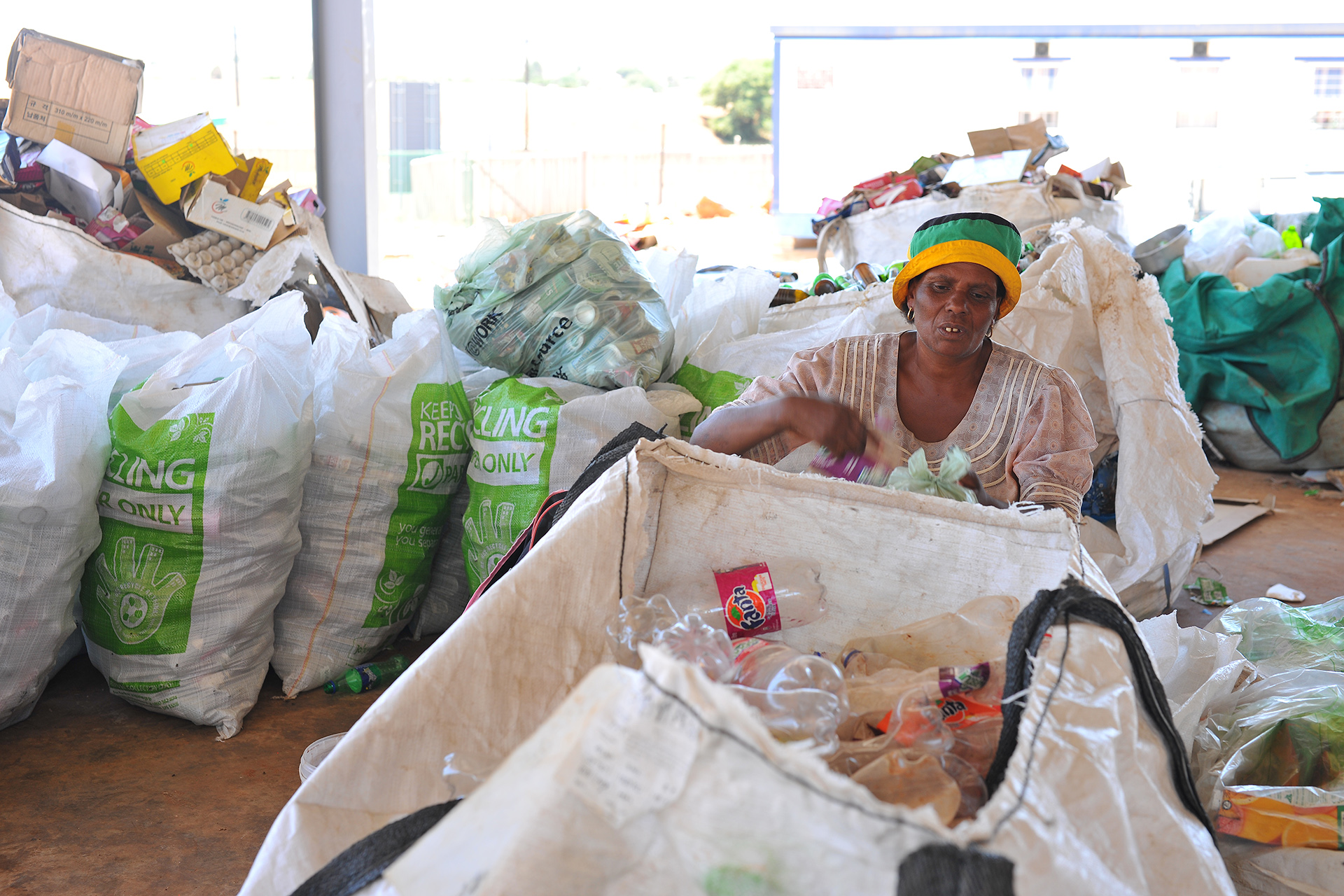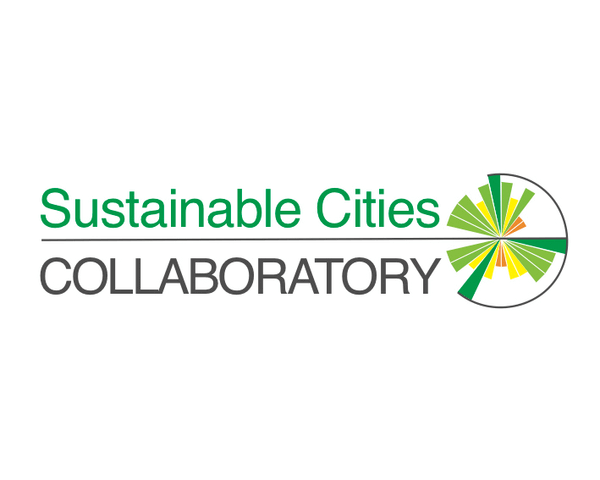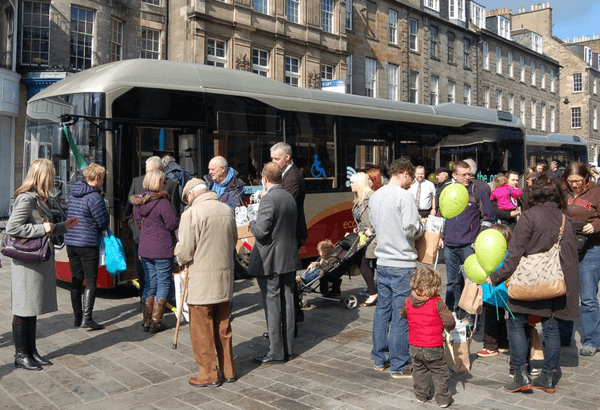City
Johannesburg, South Africa
Size and population development
Johannesburg has roughly doubled in size since the end of apartheid in 1994, with a population of around 5.5 million people in 2018. In addition to the city proper, the larger metropolitan area is home to 9.6 million people, taking up most of Gauteng province. The city itself is set to expand by another two million people by 2035.
Population composition
Johannesburg is an ethnic and cultural melting pot. Of the city’s population, 64% are black, 14% coloured, 14% white and 7% Asian/Indian. Many different languages, such as English, Afrikaans, Zulu or Xhosa are widely used on a daily basis. Johannesburg sports a young population, with around 42% of people being under the age of twenty-four, and only 6% over sixty. There are strong rich/poor divides, following the deep socio-economic divides from the history of colonialism and apartheid, high levels of unemployment and many people living in settlements that lack central municipal services.
Main functions
Johannesburg was founded in 1884 after the discovery of gold, and has since boomed, becoming the largest city in South Africa, and the biggest in the world not set on water, be it sea, lake or river. The area around Johannesburg has been inhabited since before the emergence of modern humans. Indeed, the city is just 25km from the ‘Cradle of Humankind’ UNESCO World Heritage Site, a site where large numbers of proto-human remains have been fossilised in caves. Elevated 1,753 metres above sea level, Johannesburg is the unofficial economic capital of South Africa—which happens to be a country without a legally designated capital. It remains a diverse place, where much wealth and poverty sit side by side, has a bustling multiculturalism, long-term settlers and migrants. Johannesburg also hosts numerous educational centres, including several universities and private collages, large sporting venues, and other cultural centres. The city is also home to the Constitutional Court of South Africa.
Main industries / business
Johannesburg is estimated to possess the largest economy of any city in sub-Saharan Africa. It is home to Africa’s largest stock exchange, the headquarters for many mining companies, financial institutions and other multinationals active in Africa. This gives the city a thriving services industry, with banking, IT, telecom, media and consumer retail sectors. Johannesburg also sports the continents biggest and busiest airport. Mining was of the greatest importance to the city, yet it has gradual declined owing to limited resources as well as the growth of other industries, notably manufacturing, with heavy industries like steel and cement operating.
Sources for city budget
The city draws it budget from pay-as-you-earn income taxes, and additional taxes on capital gains, value added, and property taxes, such as transfer, stamp and estate duty.
Political structure
After numerous reorganizations, most recently in 2006, Johannesburg Metropolitan Municipality governs the city via a council-mayor system. This features a separation between the legislative and executive bodies, plus an administrative arm, with the model mirroring the national and provincial governments. The city is divided into seven regions, labelled A to G, each composed of various suburbs. Above them is the executive branch, the Mayor of Johannesburg and the highest elected position in the city. Beyond the city is the premier of Gauteng, the smallest of South Africa’s nine provinces, and then the national government. Across the 20th century, many public organisations have been reorganised to run as corporate entities with the city as a shareholder. Concepts of “efficiency maximisation” has found expression elsewhere, with the seven regions being conceived as contractors to the central government, rather than components of the core administration. Each of the seven regions is responsible for the delivery of health care, housing, social development and other such community-based services. Likewise, Johannesburg’s key utilities, such as electricity, water and waste collection, are run by registered companies along business lines, receiving their funds from directly billing the populous.
Administrative structure
Johannesburg has 270 councillors representing various political parties, who debate local government issues, ratifying or rejecting proposals. The council focuses on legislative, oversight and participatory roles, delegating its executive function to the mayor and their various mayoral committees. The executive mayor has numerous political portfolios, including: economic development, development planning, environment and infrastructure service, housing, public safety, community development, transport and health and safety.
Website
http://www.joburg.org.za/






